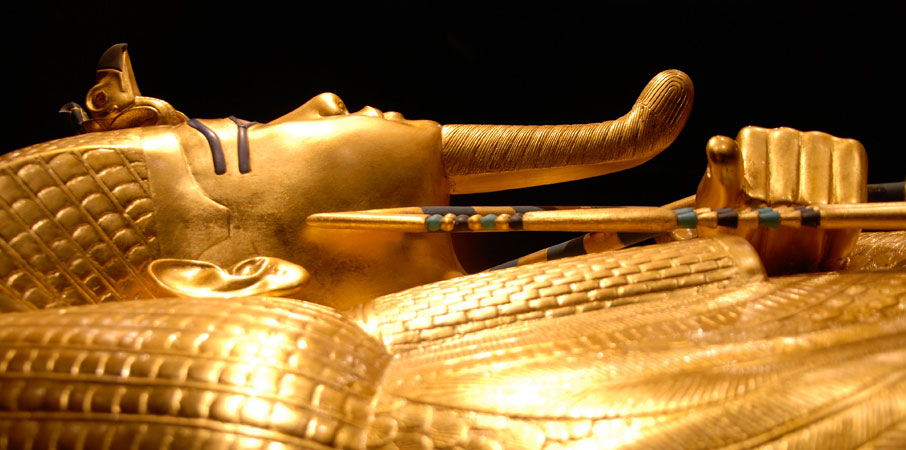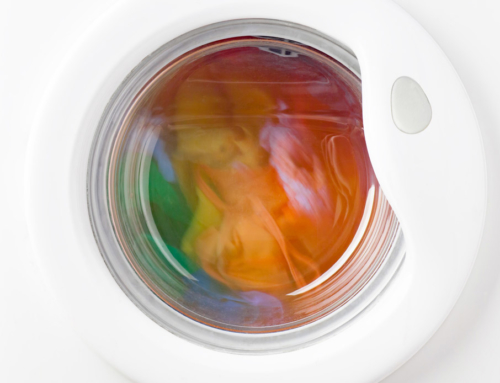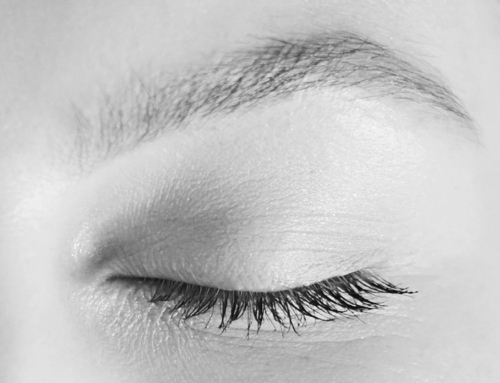There’s a big business in knock-offs. In fact, we wanted to title this post: “Don’t get the Cotton Pulled Over Your Eyes” but it didn’t really flow and we weren’t sure if everyone was familiar with the ‘pulling the wool over your eyes’ expression, so we erred on the side of being direct and to the point. For designers, being so blunt can be a struggle. We’re creative and love our flourishes. Clear and precise statements should be wrapped in the most exquisite typography, nestled in graphics that transport you to another place and time (although at today’s writing, it’s sunny and warm and I could think of worse places to be). But sometimes you just have to state the facts in simple black and white. And that clarity (or rather, honesty) is something often lacking in the world of cotton.
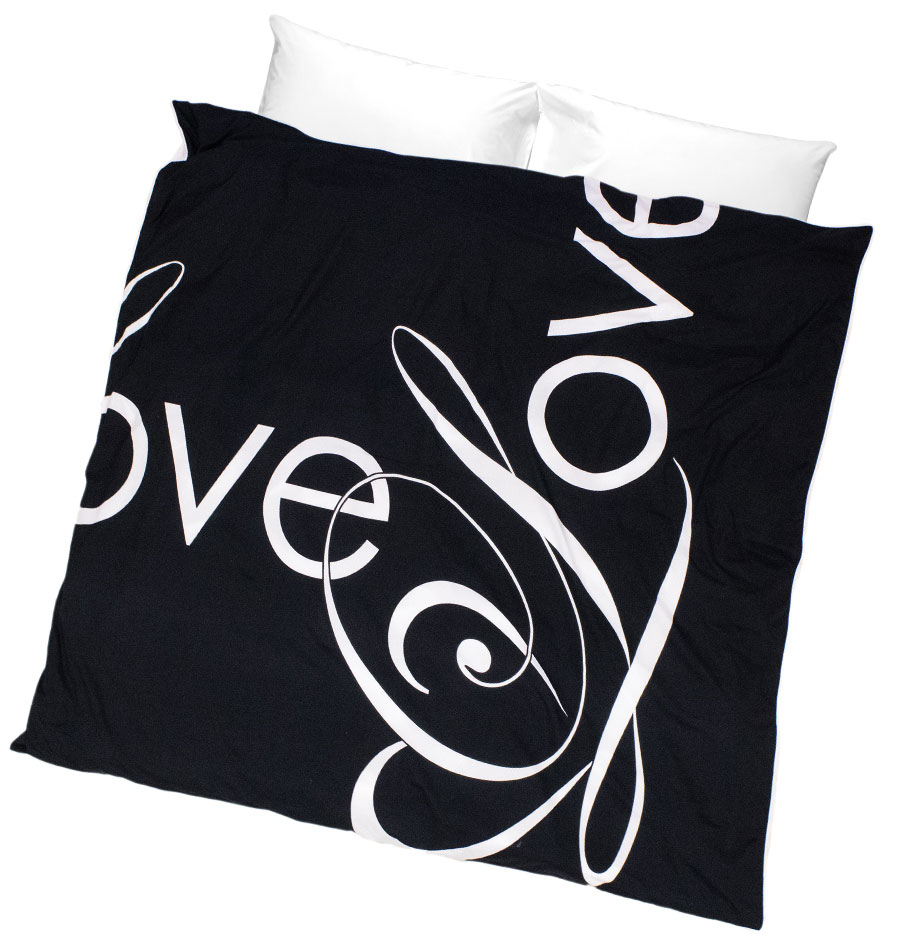
So without further ado (too late) here is today’s talking point:
There has been a lot of misrepresentation of products posing as 100% Egyptian cotton. Because Egyptian cotton is recognized as one of the highest grades of cotton fabric in the world, it is greatly sought after by consumers. As a consequence of this high demand, unscrupulous producers are labelling blends, or worse – counterfeit cotton fabric – as 100% Egyptian cotton. Consumers should be aware that if a product is not certified, then it is not the genuine article. What are the tell-tale signs?
The Cost
The first tell-tale sign is easy: the cost. If those cotton sheets you just bought sported an enticingly low price, you are likely not sleeping on certified 100% Egyptian cotton. No one dealing in authentic, certified Egyptian cotton will be selling their linens for a song. There is nothing inexpensive about the world’s finest hand-picked cotton. Keep in mind, less than 1% of all cotton is Egyptian cotton.
The Label
Sometimes the labelling of a product is as creative as the product itself. Look for what we call sneaky labelling.
If you see “Egyptian cotton” on the label, look for “certified” as well as the Egyptian Cotton logo. A recent study by the Egyptian Cotton Association showed that as much as 90% of cotton labelled “Egyptian” proved to be not from Egypt. In fact, in 2016, Target refunded more than $90 million to customers over counterfeit cotton. http://www.businessinsider.com/egyptian-cotton-sheets-may-be-fake-2016-8
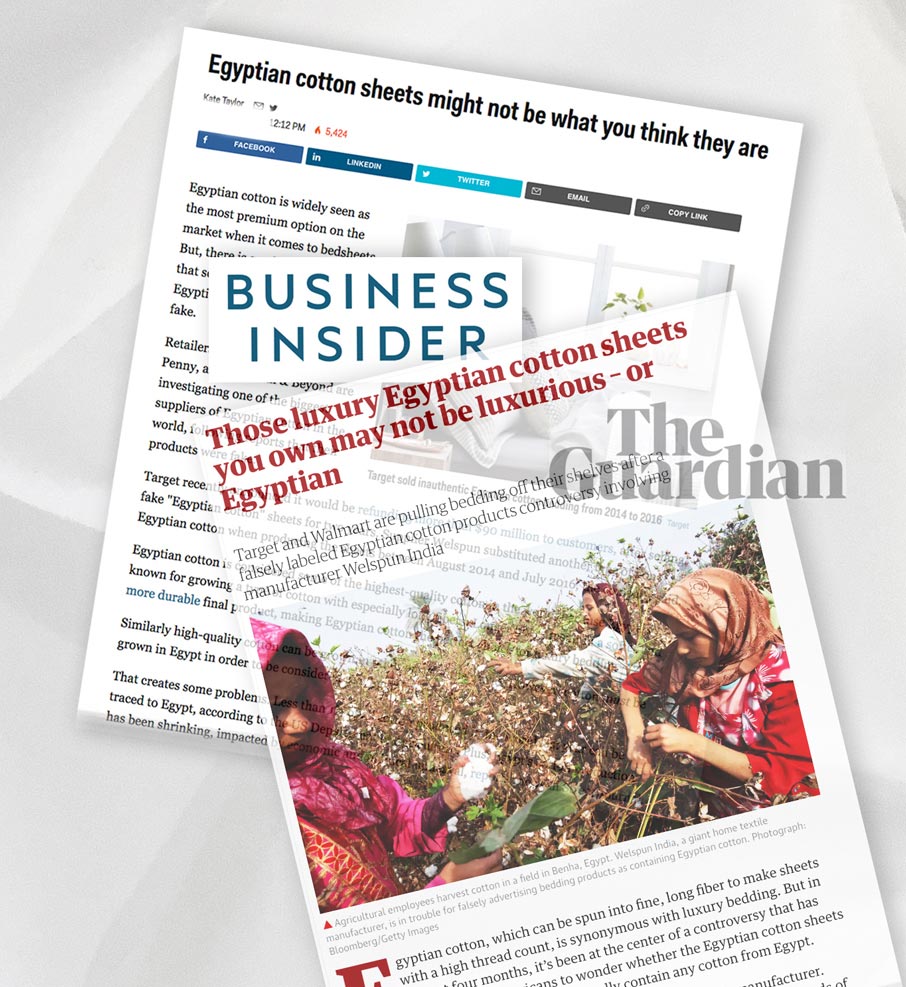
Look for the Egyptian Cotton symbol.
The Egyptian Cotton Association is stringent in its requirements for manufacturers carrying their trademark. Research the supplier – the Association provides lists of approved manufacturers. To read more about them, visit their site: https://www.cottonegyptassociation.com/history-of-egyptian-cotton

The Feel
This is a difficult test because so many inferior cottons and blends are saturated with additives like softeners so the product may feel lovely when you touch it on day one. Give your new product a few washes and see how soft it is then. The adage is true: it will all come out in the wash. Yes, we like our old sayings here, as you can tell. After a few washes your so-called Egyptian cotton will be less soft and may start to pill (that’s how you’ll know it’s a poly-cotton or microfibre blend). Short-staple cottons will tear easily, colours fade and/or holes can appear as the fibres degrade.
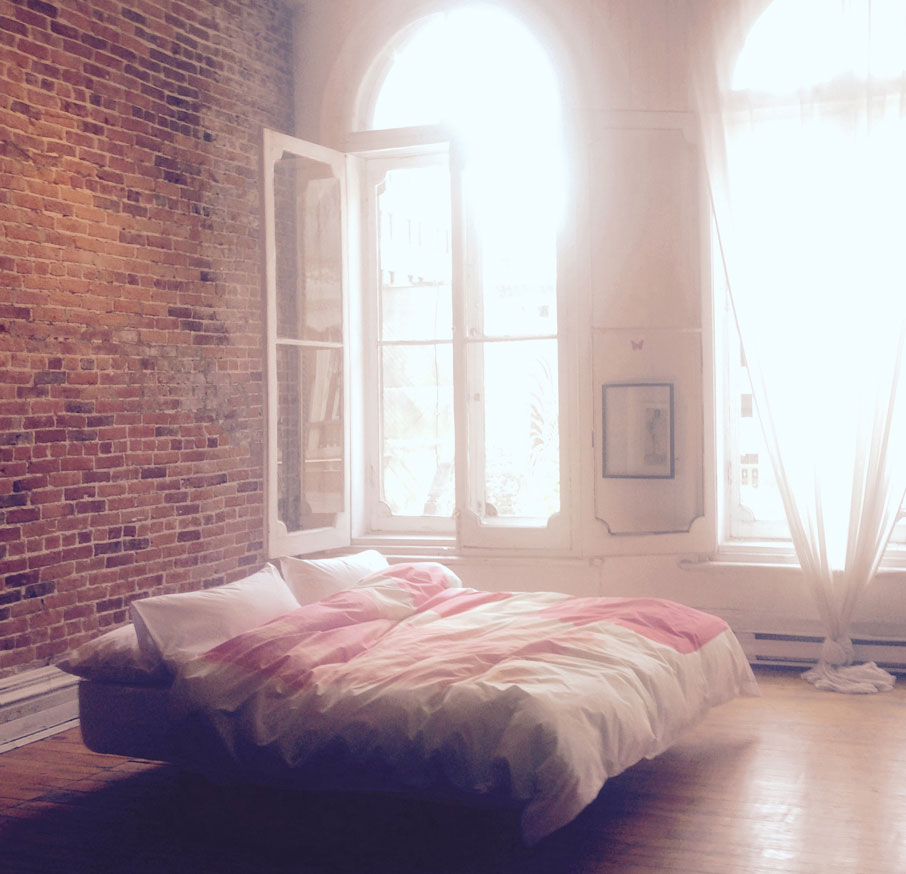
The Shelf Life
A hallmark of authentic Egyptian cotton is its enduring quality that will last for decades. In fact, it gets better through its lifespan. Counterfeits will literally break down and not pass the test of time.
When it comes to authenticity, knowledge is power. Don’t let anyone pull the wool (or cotton) over your eyes.
Want to learn more about our linens? Click here…

by Tracey Gee

